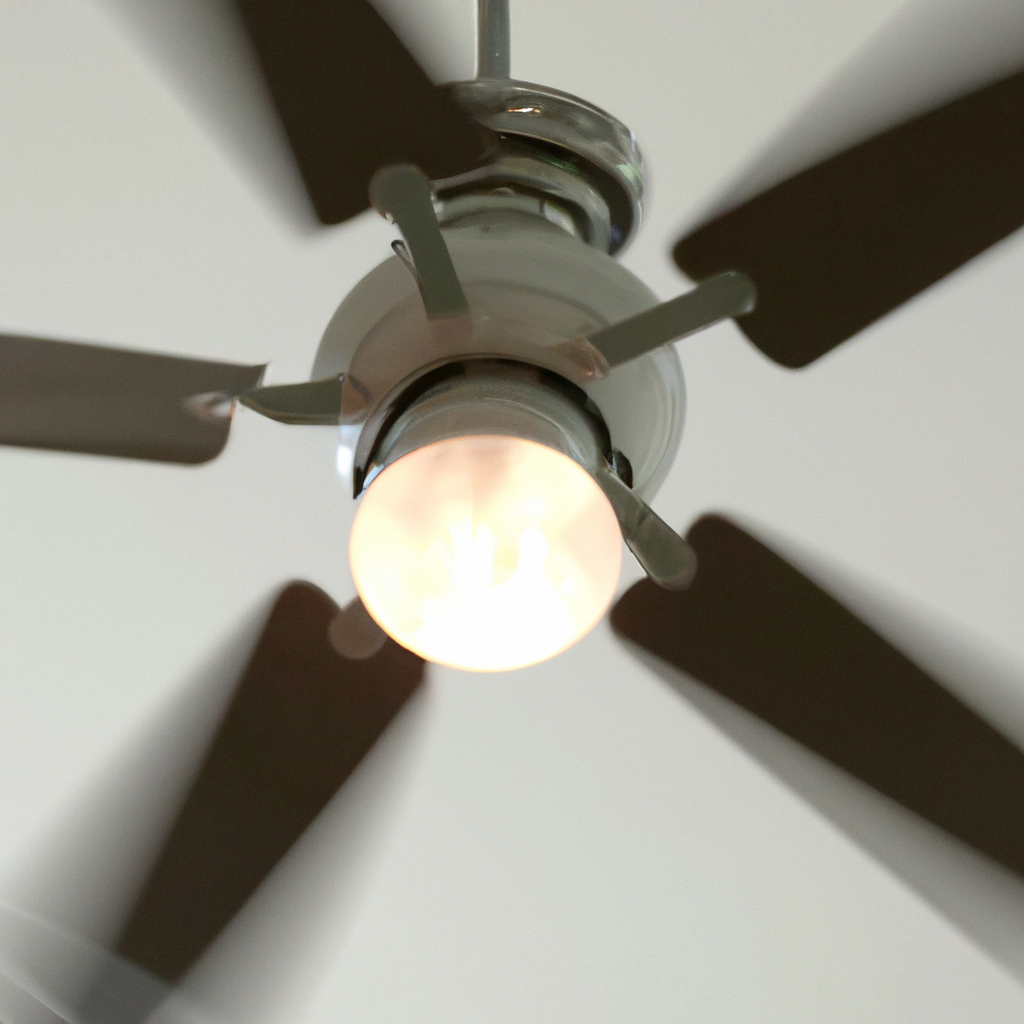Ceiling fans are a common fixture in homes and offices. They are used to circulate air, cool a room, and improve indoor air quality. In this article, we will explore how a ceiling fan circulates air in a room, and how it affects room ventilation, indoor air quality, cooling, and energy efficiency.
Ceiling Fan Components:
Before we dive into how a ceiling fan circulates air in a room, let’s first understand the components of a ceiling fan. A ceiling fan consists of several parts, including the motor, blades, downrod, mounting bracket, and switch. The motor is responsible for turning the blades, which move the air. The downrod connects the motor to the blades, and the mounting bracket holds the fan to the ceiling. The switch controls the fan’s speed and direction.
How a Ceiling Fan Circulates Air in a Room:
Ceiling fans work by creating a wind-chill effect. As the blades rotate, they move the air in the room. This movement creates a breeze that makes you feel cooler. The breeze also helps to evaporate moisture from your skin, which further cools you down.
When you turn on a ceiling fan, the blades start to rotate in a clockwise or counterclockwise direction, depending on the fan’s setting. In the summer, you want the blades to rotate counterclockwise, which creates a downward airflow. This airflow creates a breeze that makes you feel cooler. In the winter, you want the blades to rotate clockwise, which creates an upward airflow. This airflow helps to circulate warm air that rises to the ceiling and pushes it down into the room.
Room Ventilation:
Ceiling fans also help to improve room ventilation. By moving the air in the room, they help to circulate stale air and bring in fresh air from outdoors. This improves indoor air quality by reducing the concentration of pollutants and allergens in the air.
Indoor Air Quality:
Ceiling fans play an important role in improving indoor air quality. By circulating the air in the room, they help to reduce the concentration of pollutants and allergens in the air. This can help to reduce the risk of respiratory problems, allergies, and asthma. Additionally, ceiling fans help to control humidity levels in the room. High humidity can lead to mold growth, which can cause respiratory problems and allergies. Ceiling fans help to circulate the air and reduce humidity levels, which can prevent mold growth.
Cooling:
Ceiling fans are a great way to cool a room. By creating a wind-chill effect, they can make you feel up to 8 degrees cooler. This can help you to save money on your energy bills by reducing the need for air conditioning. Additionally, ceiling fans are energy-efficient, consuming less energy than air conditioners.
Energy Efficiency:
Ceiling fans are an energy-efficient way to cool a room. They consume less energy than air conditioners, which can help you save money on your energy bills. Additionally, ceiling fans can help to reduce the load on your air conditioning system, which can prolong its lifespan and reduce the need for repairs.
Conclusion:
Ceiling fans are an important component of indoor air quality, room ventilation, cooling, and energy efficiency. They work by circulating the air in the room, creating a wind-chill effect that makes you feel cooler. They also help to improve indoor air quality by reducing the concentration of pollutants and allergens in the air. Additionally, ceiling fans are energy-efficient, consuming less energy than air conditioners. By understanding how a ceiling fan circulates air in a room, you can make informed decisions about how to improve your indoor environment.







